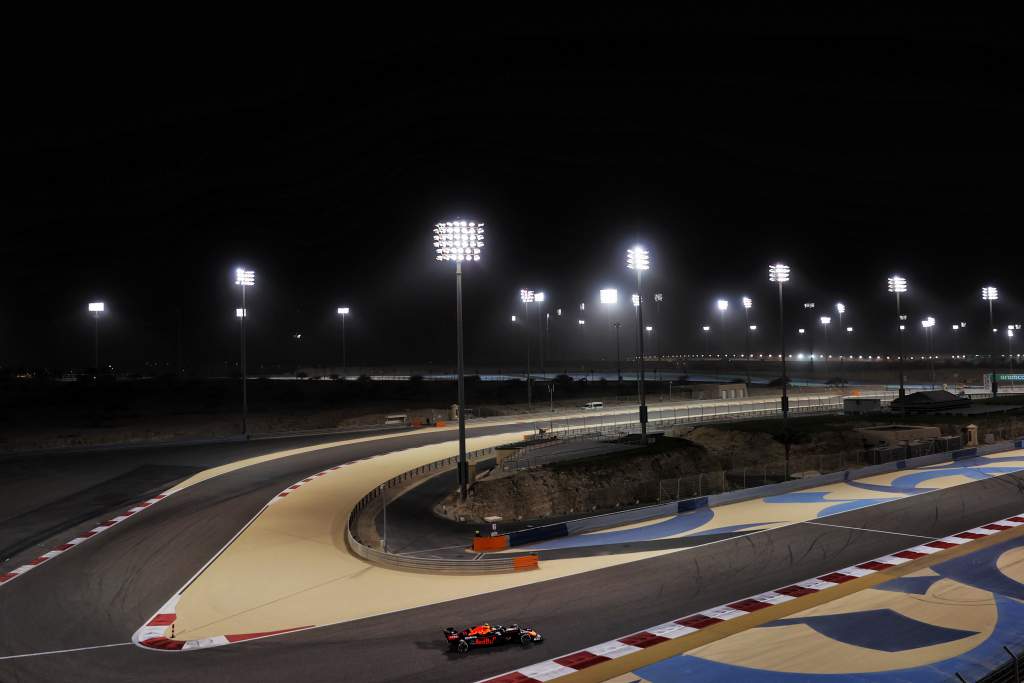Up Next

Max Verstappen’s test-topping late run in Bahrain left little doubt Red Bull is in a strong position as Formula 1’s pre-season drew to a close, while a spin for Lewis Hamilton capped a challenging three days for a ‘confused’ Mercedes.
Verstappen led a Honda-powered 1-2 at the end of the test, heading AlphaTauri’s rookie driver Yuki Tsunoda, while Hamilton finished fifth-fastest and over a second slower than the Red Bull.
Mercedes believes it is not as quick as Red Bull and has confessed to being confused by its low-fuel work as well.
So is that the elusive two-team title fight is finally going to happen in 2021?
And what else have we learned from F1’s only pre-season test?
We pick the six biggest talking points.
Red Bull looks mighty

Even before his late run to top the times, Verstappen had expressed his confidence Red Bull’s car was in a better place than in testing last year.
By the time he was pounding in fastest sector times for fun in the final hour or so of the test, once darkness had descended, it was clear why he felt that way.
The Red Bull has looked nicely hooked up most of the time in Bahrain, but on Sunday it seemed mighty.
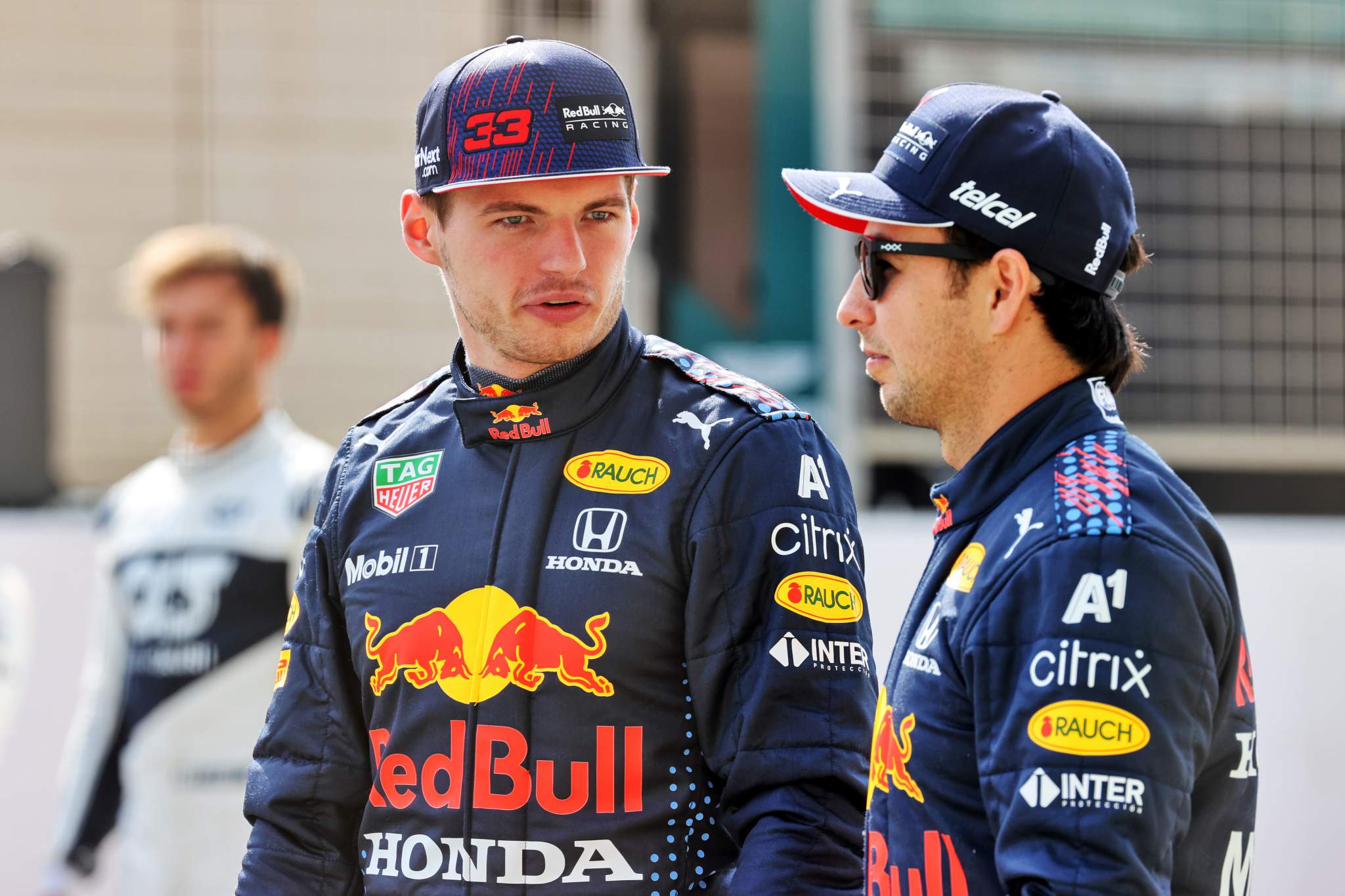
Verstappen’s runs were not without issues but even a major wide moment through Turn 11 couldn’t stop him going fastest at one stage.
It continued encouraging signs from earlier in the test, with Verstappen reporting his car has been responding well to set-up changes and that Red Bull has been achieving good mileage without any hiccups.
There was more good news for Red Bull in the form of Verstappen’s appraisal of its adaptation to the new 2021 rules reducing downforce at the rear.
This change was cited by Hamilton as a factor in him spinning into the gravel on the second day of testing, and seemed like it could be bad news for Red Bull given the team spent much of last season with rear-end instability as its main problem.
But Verstappen said the car felt stable and inspired confidence, and he was visibly attacking the Sakhir circuit’s range of corners without any noticeable inhibitions.
It would be unwise to declare Red Bull the favourite. Verstappen himself said: “I think we can say it has been a good weekend but of course that doesn’t give you any guarantees and all teams are doing different programmes at testing.”
But the RB16B looks like a much more sweet-handling ride than its predecessor did at the same stage 12 months ago.
Mercedes actually looks vulnerable
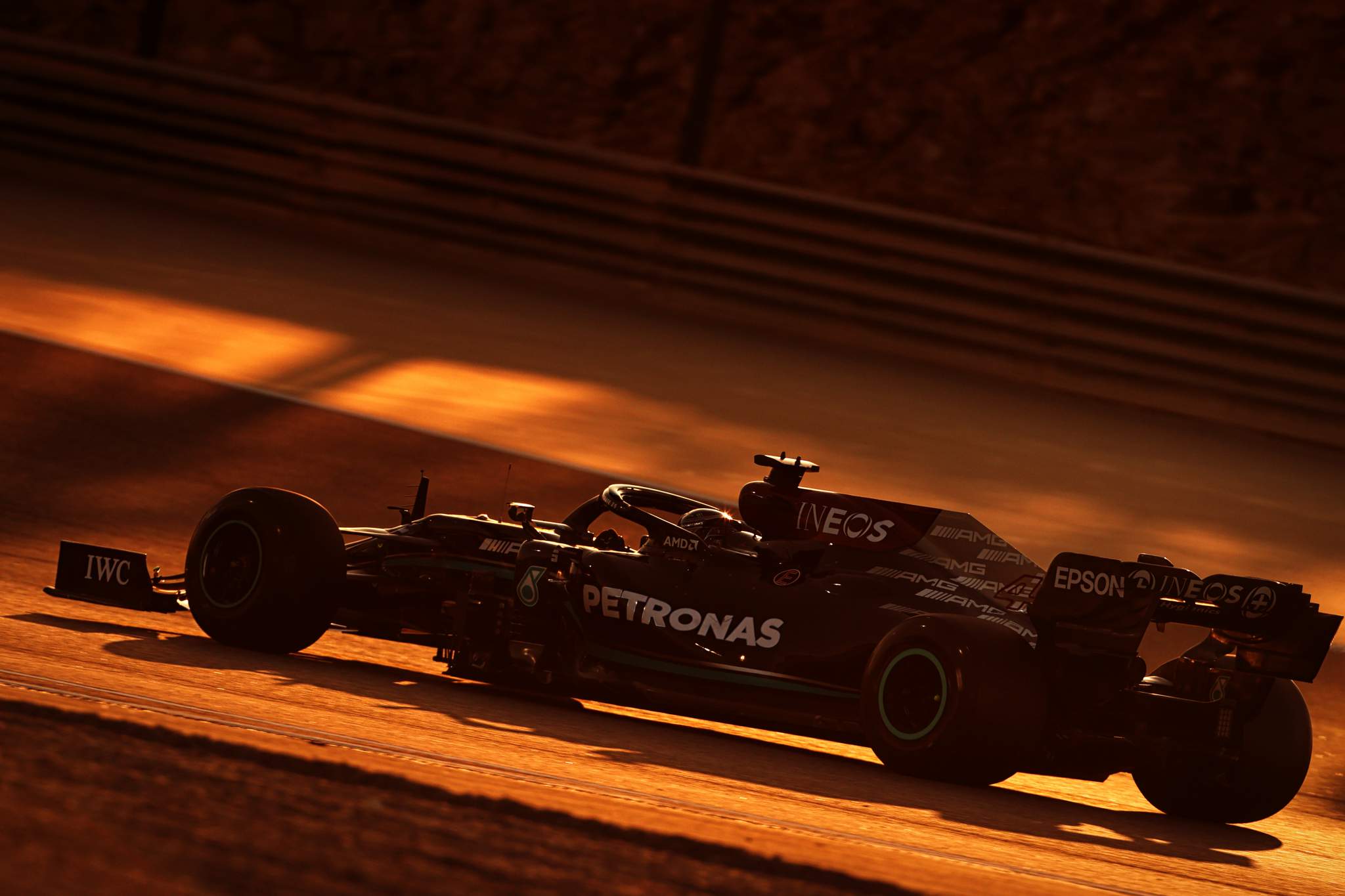
Mercedes is renowned by eye-popping mileage counts in testing – but this time it ends with the lowest of any team.
Lap count by team:
AlphaTauri 422
Alfa Romeo 422
Ferrari 404
Alpine 396
Haas 394
Williams 373
Red Bull 369
McLaren 327
Aston Martin 314
Mercedes 304
This was a legacy of the gearbox problem that left Valtteri Bottas restricted to just six laps on the opening morning.
That put Mercedes immediately on the back foot and it ended the opening day quite a long way from where it wanted to be.
A Hamilton spin into the gravel on the second morning further reinforced the perception that the world champion team was in a weakened state.
A better finish to the second day was described by Bottas as being “95%” of what Mercedes wanted, which was followed up by a “100%” completed programme on the final morning.
But, Bottas admitted, he couldn’t say Mercedes had got everything done that it hoped.
He’d reported that the car’s “snappy and unforgiving” rear end had been calmed slightly on Sunday, too – but a Hamilton spin in the final hour offered evidence the problem was still there.
Mercedes ended the test in better shape than it started. However, this was still its least productive pre-season in this engine era, and its least convincing – leading the team to conclude it is slower than Red Bull on long runs.
It was also confused by the lack of progress Hamilton made on lower fuel.
Lewis heads out for a qualifying run, but spins on the final corner 🔁#F1 #F1Testing pic.twitter.com/W47XMYqbzG
— Formula 1 (@F1) March 14, 2021
Mercedes has rarely prioritised performance running in testing and back in 2019 a late breakthrough allowed it to rapidly overturn a genuine performance deficit to Ferrari.
But the team has cautioned it might be too far back on this occasion. And at the very least, Mercedes does look vulnerable.
Vettel’s had unexpected problems
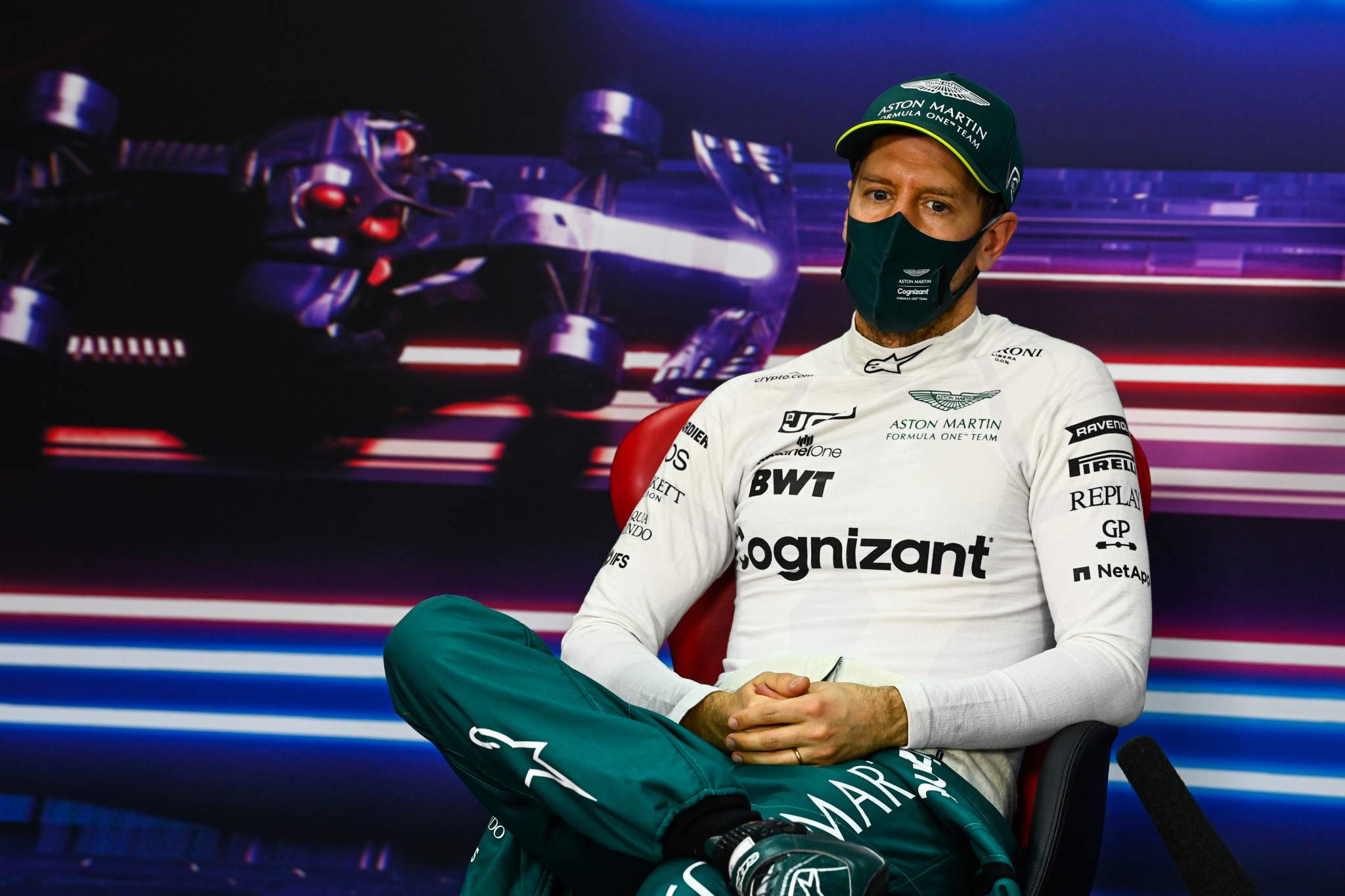
When considering who should be worried ahead of a new season, the simple answer is usually: the slow, and the unprepared.
In numbers alone, that surprisingly means new Aston Martin driver Sebastian Vettel.
Lap count by driver:
Pierre Gasly 237
Kimi Raikkonen 229
Nikita Mazepin 213
Charles Leclerc 212
Fernando Alonso 206
Max Verstappen 203
Lance Stroll 197
Antonio Giovinazzi 193
Carlos Sainz Jr 192
Esteban Ocon 190
Yuki Tsunoda 185
Mick Schumacher 181
Daniel Ricciardo 173
Sergio Perez 166
George Russell 158
Lewis Hamilton 154
Lando Norris 154
Valtteri Bottas 150
Nicholas Latifi 132
Sebastian Vettel 117
The tally of laps completed for the crop of 2021 race drivers – sorry Roy Nissany – makes for grim reading for Seb, whose preparations for life after Ferrari have been badly hit by gearbox and turbocharger problems.
Vettel’s tally of 117 laps across the three days was less than half what AlphaTauri’s Pierre Gasly managed as the busiest driver in pre-season, a difference of over 400 miles.
He felt that left him 100 laps short of where he’d like to be, and Vettel also hasn’t completed a performance run as he and Aston Martin focused on more fundamental work before his final day ended early with a reported turbo issue.
Vettel was pretty cut adrift at the foot of the lap chart count, albeit with a few notable names around him – including usual table-toppers Hamilton and Bottas. But at least they weren’t trying to learn a new team, car, and engine.
Other drivers in the same boat as Vettel had much more productive tests. Daniel Ricciardo (below) was very content with McLaren’s work – “I’m really happy to have got it done reliably with no real issues or concerns” – while F1 returnee Fernando Alonso managed more than 200 laps at Alpine, and we’ll get to him in more detail shortly.
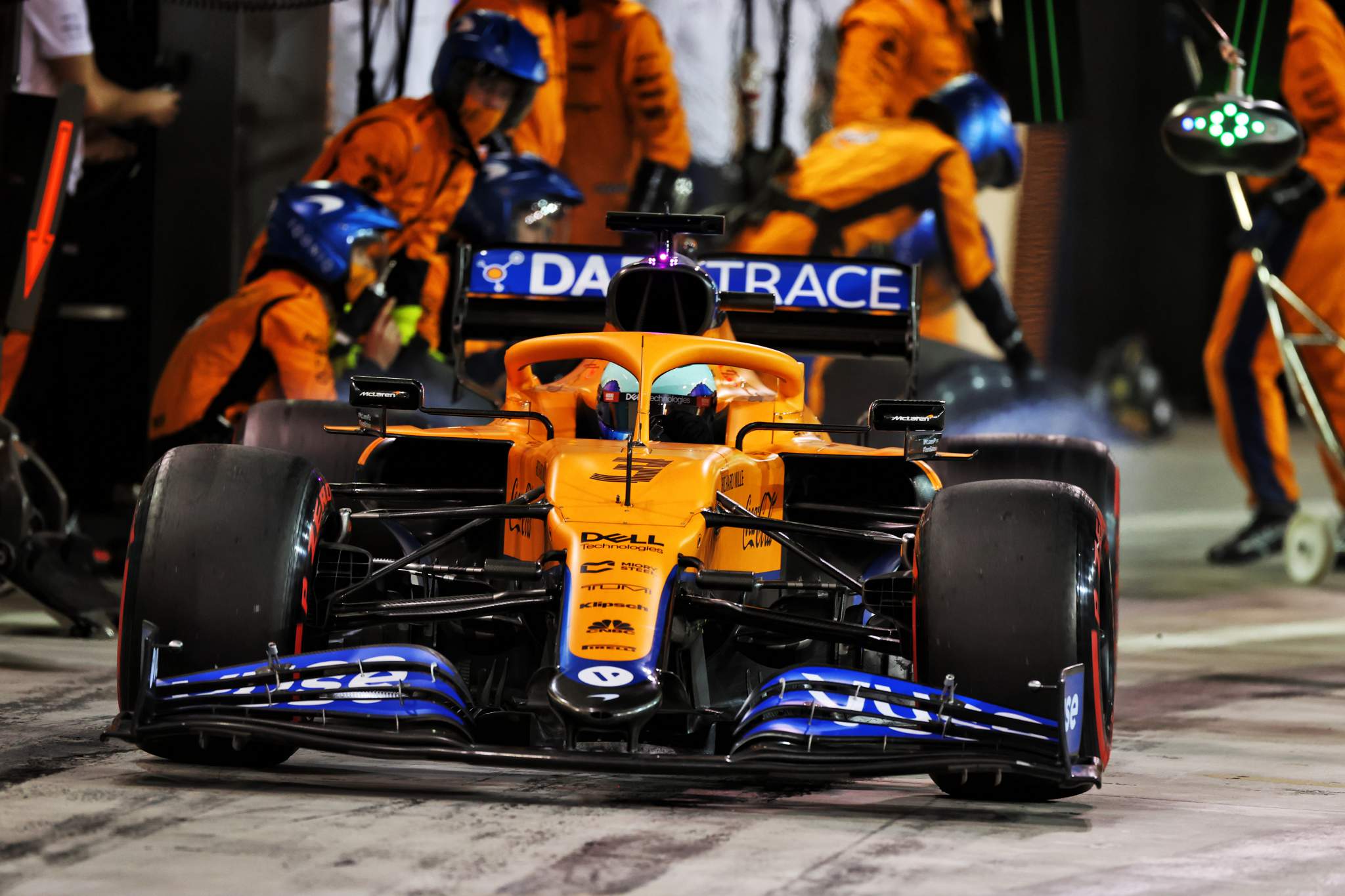
Carlos Sainz Jr said he’d mastered the basics at Ferrari and spent 192 laps learning the team’s tricks.
Sergio Perez was content but not thrilled at Red Bull, happy enough with the car but admitting it would take a bit more time to get properly up to speed.
“It’s crazy to think that pre-season has already finished, it feels like it only just started,” Perez said.
“There’s a very limited amount of running and testing but we managed to work through a lot of set-up options and are improving every time we get into the car.
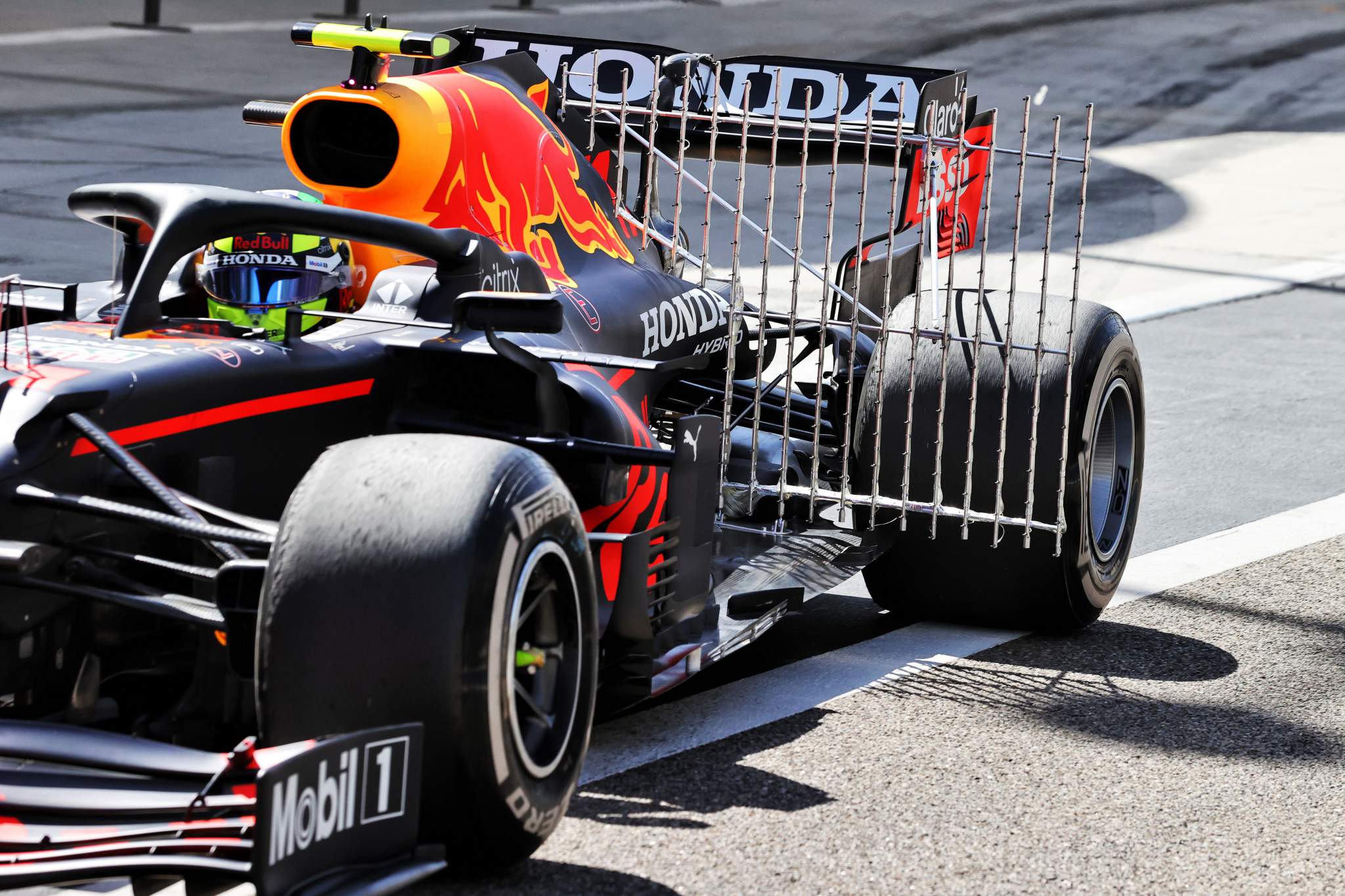
“I think we’ve got a good car underneath us but I still have a lot to learn in the car to get the maximum out of it.”
But we said the unprepared and the slow are the ones who should be worried for the new season, and for clear signs of performance struggles it’s hard to look beyond Haas.
The American team and its rookie driver pairing, including Formula 2 champion Mick Schumacher, appear to be heading for the difficult season many have predicted, as they slipped towards the foot of the times as the test progressed.
Cars’ handling weaknesses emerging
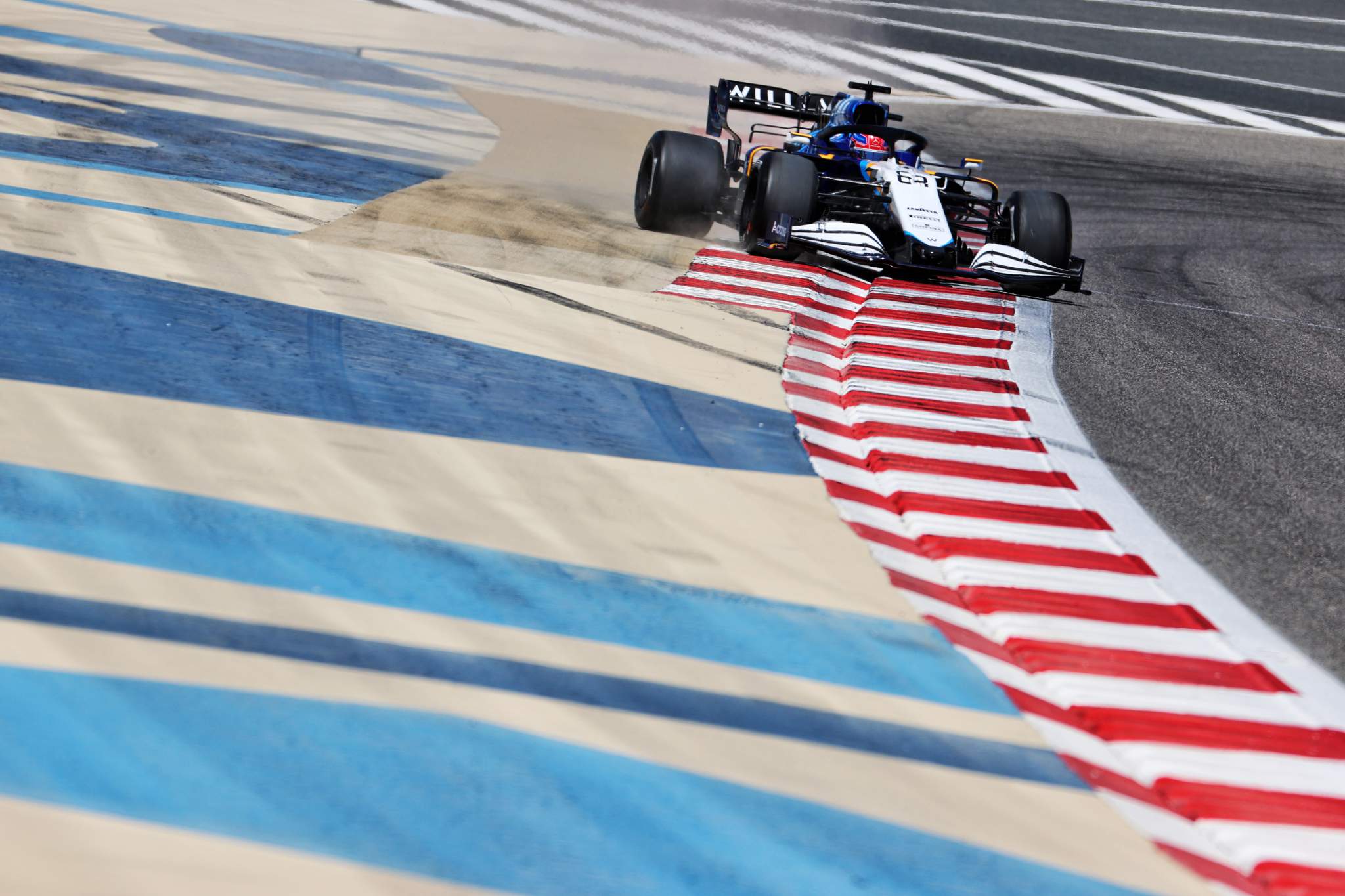
Pre-season testing is the first time both drivers and those watching can get to know the characteristics of 2021’s F1 cars.
Unsurprisingly, all 10 cars looked at least solid on track, although when drivers were pushing on the final afternoon there were some tell-tale signs of limitations.
The most impressive was the Red Bull in the hands of Verstappen, who could commit to the corner, carry the speed and nail the throttle. As for Hamilton in the Mercedes, the car looked good but never as strong as the Red Bull.
However, there is one enormous caveat to be added in that he was not pushing as hard as Verstappen on the final day. We’ll have to wait for the Bahrain Grand Prix weekend to get a fair comparison and there’s no doubt the Mercedes is quick.
The McLaren looked consistently good and the Alpine gave Alonso confidence on turn in. But elsewhere in the midfield pack, the Aston Martin looked a touch front-end limited and, at times, the Ferrari made the drivers hesitant on turn in. As for the AlphaTauri, it may not be the quickest car but it looks like a well-balanced and consistent machine.
Further back, the Alfa Romeo was in a similar class, only starting to show signs of any limit on turn-in once Kimi Raikkonen was pushing it to its limit late on the final day. The Williams, too, looked solid but Russell was struggling with the wind sensitivity of the car, which caused inconsistency.
And at Haas, Nikita Mazepin was committed, but sometimes seemed to be trying to carry a little too much speed into the corner and compromise his exits.
Floors are the big off-season battleground
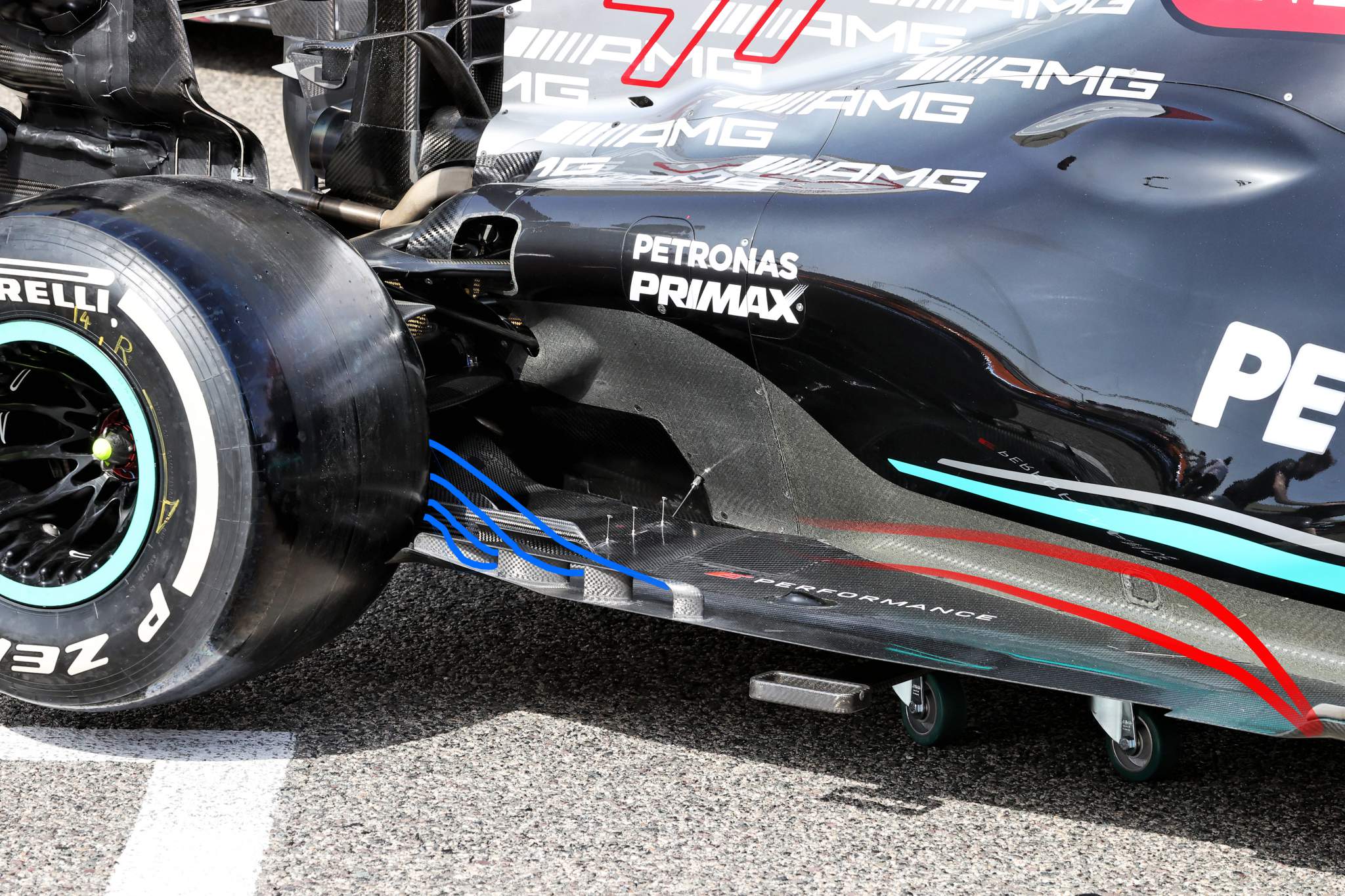
The aerodynamic tweaks designed to prevent downforce levels from exceeding the capabilities of the tyres, which are carried over for a third consecutive season but with modifications to the construction to increase robustness and allow lower tyre pressures, were always going to be critical to the 2021 cars.
In particular, the triangular cut in the rear part of the floor to create an exclusion zone around the rear wheels has had a huge impact.
Teams have experimented with different configurations of vanes on the surface of the floor to finesse the airflow, while the detail work at the rear of the car and also the diffuser at the back of the floor proved to be another significant point of difference.
This is hugely significant for downforce generation given the increased difficulty of sealing the underfloor. The need to extract every iota of downforce at the rear of the car, including via the diffuser, and to so consistently across a range of ride heights, will be key to making the cars work well to the new rules. Any shortcomings will not only cost corner speed, but also traction at corner exit.
Pretty much every team referenced the battle to re-optimise the set-up and rebalance the car, with some doing so more effectively than others. Come Friday practice for the Bahrain Grand Prix, doubtless there will be further floor tweaks on display.
As the floor is part of the rear packaging, those teams who had the flexibility to spend tokens on this area have also modified mechanical components.
That includes Red Bull, which appears to have found a way to mimic the Mercedes ‘reversed’ lower wishbone configuration without having to modify the rear crash structure.
Alonso’s comeback has started very well

The suggestions that Alonso might have lost his edge after two years away from Formula 1 and approaching his 40th were always unconvincing. But when Alonso suffered a broken jaw in a cycling accident last month, there were fears he might not be ready.
Any suspicion that there was anything wrong with Alonso was shot down the first time you saw him on a quick lap, turning in decisively with all the old confidence and car control.
While he does have two titanium plates in his upper jaw, these will not have to be removed until the end of the season. As he put it on the first day of testing, “it will not be affecting my professional life”.
The Alpine A521 looks like a decent enough car, too, despite the bulbous airbox designed to reduce the number of components lower down in the sidepod for aero gains.
Certainly, it’s in the midfield pack, although so far there’s nothing to say that it’s going to be any stronger relative to the opposition than last year’s car.
But we can at least be sure that it will be good enough for Alonso to score consistent points in, and like Ricciardo last year, perhaps even nick the odd podium finish.


